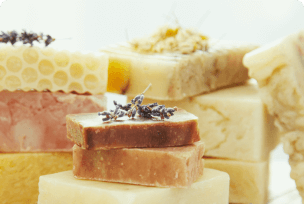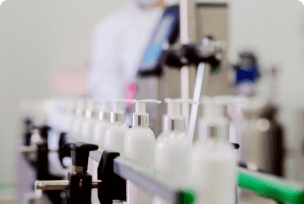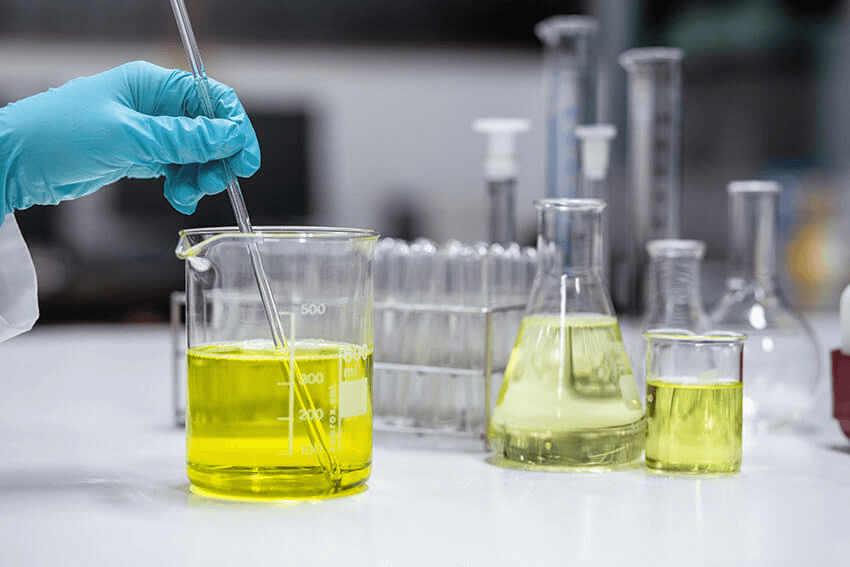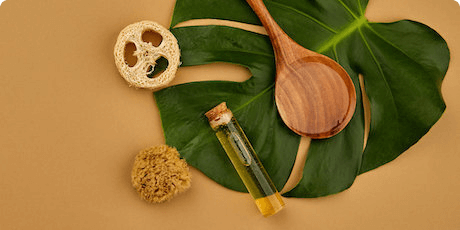Tim uses data and trends from the likes of market-leading brands, manufacturers and research companies to understand where customers should focus on future new product development.
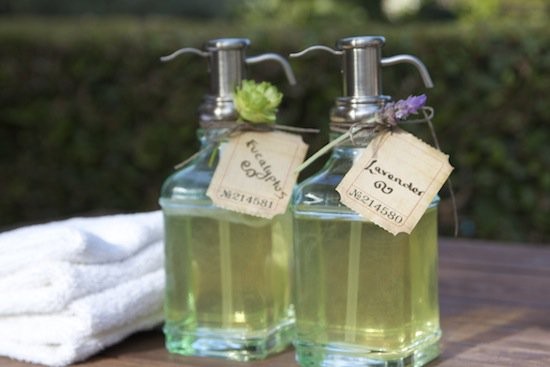
What exactly is ‘Natural’ in the Personal Care Industry?
According to the Soil Association (2017) natural ingredients are ingredients that are not genetically modified, have been rigorously checked and any colours or fragrances are from plant, flower or mineral origins. As well as this, the ingredients must have been created using green chemistry principles – reducing or eliminating the creation of hazardous chemicals in the production of cosmetics. The COSMOS standard also rejects certain ingredients that do not meet these criteria.
 Image Credit: Naiada Cosmos
Image Credit: Naiada Cosmos
Natural and Organic
Both consumers and retailers are increasingly demanding products produced from natural, organic, or sustainably produced ingredients. According to Mintel (2017), 33% of UK women have switched to natural/organic brands in the last 12 months; 42% of US consumers actively look for natural ingredients in their personal care products, and 48% of European consumers buy natural and organic personal care products because they believe they are “better for their health”.
 Image Credit: New Hope Network
Image Credit: New Hope Network
Eco Awareness
It is estimated that 87% of global consumers consider a company’s social and environmental stance before making a purchase (Mintel, 2017). This ‘eco-driven movement’ has moved from a niche market ten years ago, to a mainstream trend, helped by the advancement of the internet; in particular, influencer marketing and user generated content via blogging and social media, where consumers have constant – and instant - access to information.
Formulating for Mildness
According to Mintel’s 2025 Beauty & Personal Care report (2017), consumers now are in search of effective, but also gentle products, with as much as 51% of US consumers looking for products with sensitive skin claims. Mintel also predicts there will be a rise in ‘water free’ and non-rinse products by 2025; in addition to products which consume less water during production.
This trend, combined with a greater focus on preservation systems, is driving the popularity of ingredients considered to be milder, such as sulfate-free anionic / non-ionic surfactants being preferred over traditional surfactants. Alternative ingredients, such as organic acids and preservation system boosters, are also being used more often.
Natural Alternatives to Synthetic Surfactants
Those of you involved with soap making in any way will most likely have heard of surfactants, and have a good understanding of the purpose surfactants serve within the personal care industry.
Derived from the term surface active agent, a surfactant can act as a detergent, emulsifier, wetting agent and/or a foaming agent in soap products. The result of saponification means that it is the surfactants in a soap product that can attract and break down oils in cleaning, making them an important part in the cleaning process.
A lot of surfactants are synthetic, and consumers are now aware of the harshness of common surfactant ingredients such as sodium lauryl sulfate (SLS) and sodium laureth sulfate (SLES). Stephenson has been interested in creating natural alternatives to these common surfactants, without the performance of the end product being compromised.
View our seminar at our In-Cosmetics seminar page: ‘Natural Alternatives to Synthetic Surfactants’.
Liquid Castile Soap
Stephenson’s Liquid Castile Soap is certified by COSMOS. Certification is a very powerful tool in building trust with consumers. For Organic products, it builds confidence that the products they buy contain materials that are organically produced and have not been subject to any unsuitable processing. If using synthetic surfactants, it is challenging to achieve Organic Certified Status on a finished product.
Liquid Castile Soap, being naturally derived from vegetable oils, can be used to achieve a Certified Organic Product range, or to achieve a specific level of organic content. From this one base a large range of personal care and household products can be produced using natural, and certifiable formulas.

Final Thoughts
Considering the drivers and challenges in the natural personal care market, Liquid Soap presents itself as a suitable alternative to synthetic surfactants - enabling formulators to replace synthetic chemicals and create a variety of naturally-derived, sustainable ingredients to create ‘green’ rinse-off products your customers will be confident to use. Our formulation chemists have been working a liquid formulations guide, aimed to give you inspiration to create natural product alternatives in the Personal Care and Household sectors. You can register your interest here to get your free Liquid Guide Formulations eBook.












